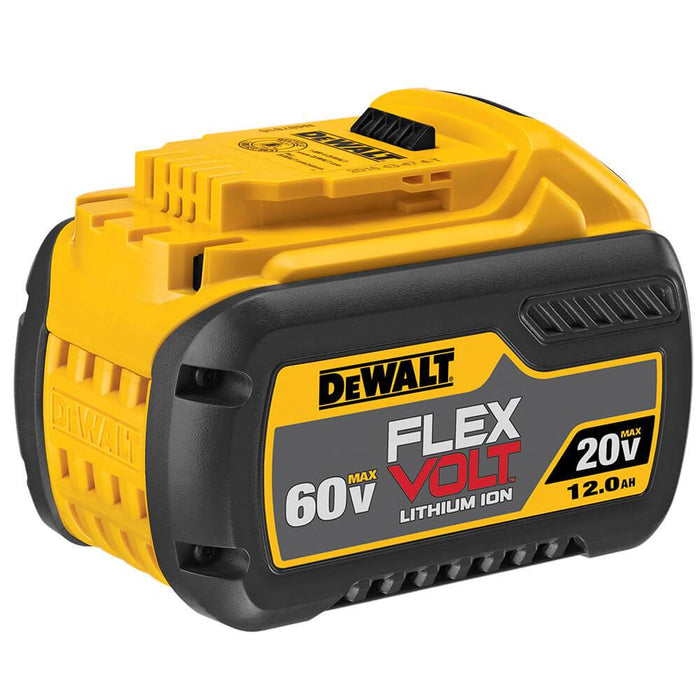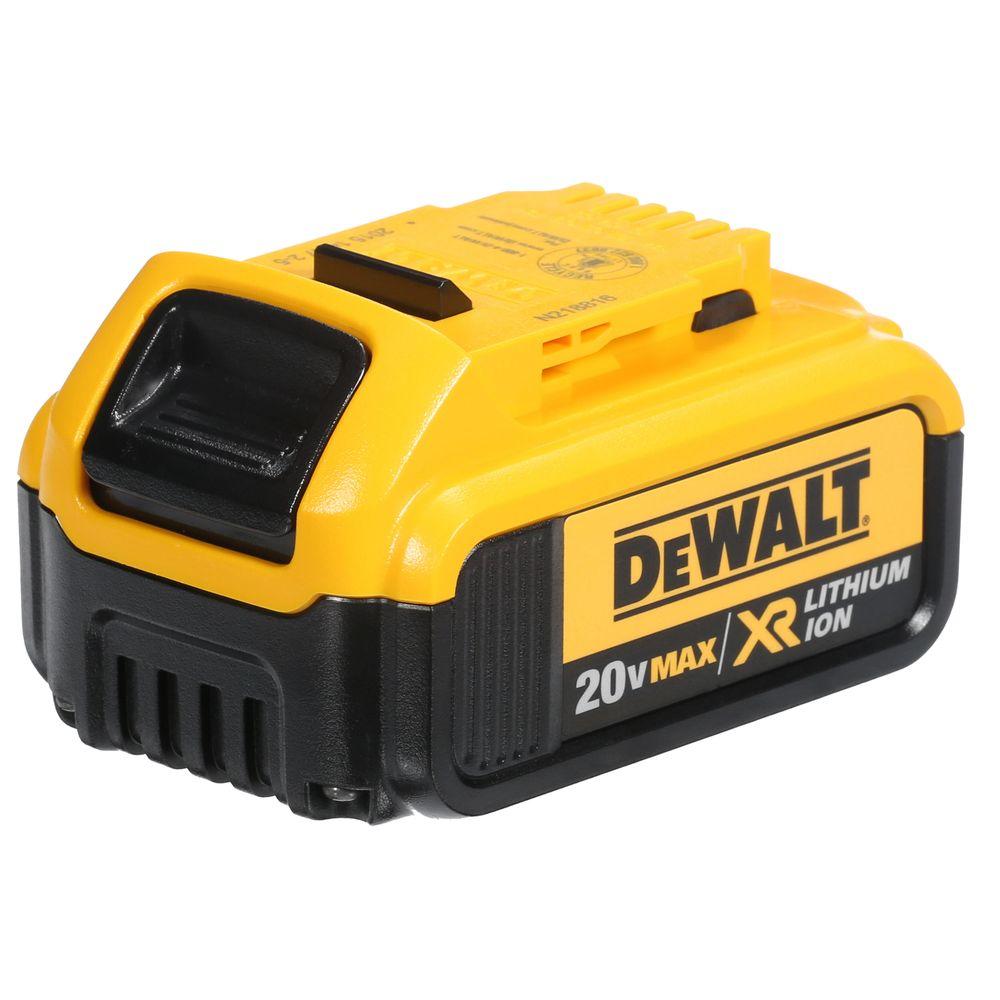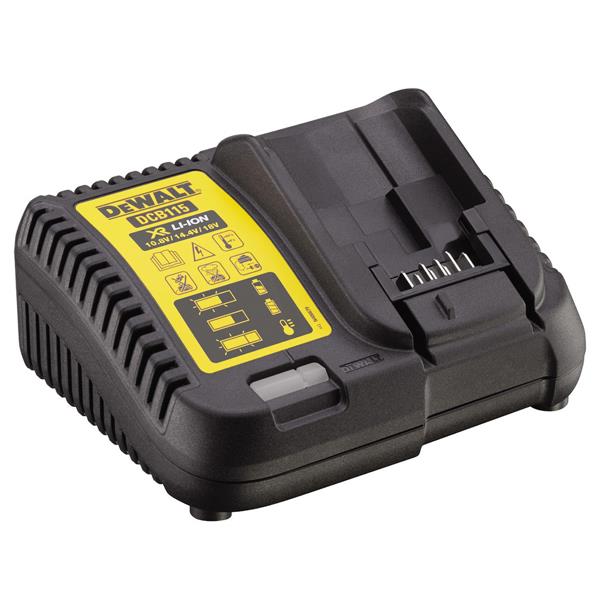
The only shortcoming of this drill is that the manufacturer doesn’t disclose how much torque it pushes.ĭeWalt rates this drill at 360 UWO – an arbitrary unit they’ve come up with – instead of rating it in Newton Metres like we’re accustomed to.Ĭraftsman 20V cordless drill: Why I wouldn’t get it Usual tear and wear isn’t covered in this warranty however. They will repair (or replace) units that have manufacturing defects. There’s a 3 year warranty offered by the brand on the unit and on the batteries. It also has a bit holder attachment when you need to carry multiple bits (and spares) but I’m yet to see any handyman use this feature. The LED at the front ensures that the unit doesn’t cast shadows on the places you’re holding. I’ve seen drills with up to 30 clutch settings but that is certainly an overkill. The 15 torque settings this cordless drill comes with makes fine tuning easy.

This may not be the most noticeable feature but you will appreciate it if you often lose keys. The half inch chuck is keyless and you don’t require a key to tighten or loosen drill bits. The internal components are innovatively arranged too evening out how the weight is distributed. Weighing 3.5 pounds, this is a light cordless drill and won’t feel heavy when working. It takes 40 minutes to fully charge each battery. The batteries won’t run out when you’re working.Įither way, it wouldn’t hurt plugging in the other battery to the charger while you’re working. This is quite impressive as the batteries carry enough juice to finish off simple tasks. With the trigger locked in, the unit runs for 40 continuous minutes on a single charge. In the packaging, there are two 20 V lithium-ion batteries. You’ll switch to the higher speed setting (upto 2000RPM) when boring through thicker chunks of wood. The low speed setting (up to 600 RPMs makes the drill act as a screwdriver when woodworking and during joinery. With a lever, you get to choose between two speed presets too. I’m yet to see another drill that’s faster. This wouldn’t be a powerful drill if it weren’t rotating at 2,000 RPM. Perhaps the only other drill that could challenge it would be the Makita(amazon). With a comfortable and sturdy grip complemented by an impressive fast turning speed, this unit certainly ranks well on the best power tools list. The clutch and speed settings are easy to adjust too and you will find this practical when working on projects of varied nature. With a 20 volts motor, this drill carries enough punch for all demanding tasks. They’ve been producing great power tools and their Cordless Drill is just as great. When you buy a DeWalt XR tool, you’re buying one with a brushless motor.This is a huge brand with a big following. In a nutshell, when you buy a DeWalt 20V Max tool, you’re buying one with lithium-ion battery chemistry.

They are also able to achieve higher performance than brushed motors. XR stands for eXtended Runtime, which is one of the primary benefits of a brushless motor. The XR branding comes into play when DeWalt started making cordless tools with brushless motors. So, 18V and 20V Max batteries are the same in terms of voltage. As soon as you start to use the battery, it drops down to 18 volts, known as the nominal state. That’s the maximum voltage the battery attains, hence, 20V Max. When you fully charge the battery, a voltmeter registers 20 volts. The reason DeWalt uses 20V Max for that line of lithium-ion cordless tools isn’t because they have a higher voltage than 18V tools.

DeWalt 20V Max Vs XR – Decoding the Branding 18V was Ni-Cad and 20V Max was lithium-ion. Since they needed to continue supporting users on the 18V platform, the difference in branding made it easier to determine which batteries worked with which tools. The other thing they did was switch the branding from 18V to 20V Max.


 0 kommentar(er)
0 kommentar(er)
